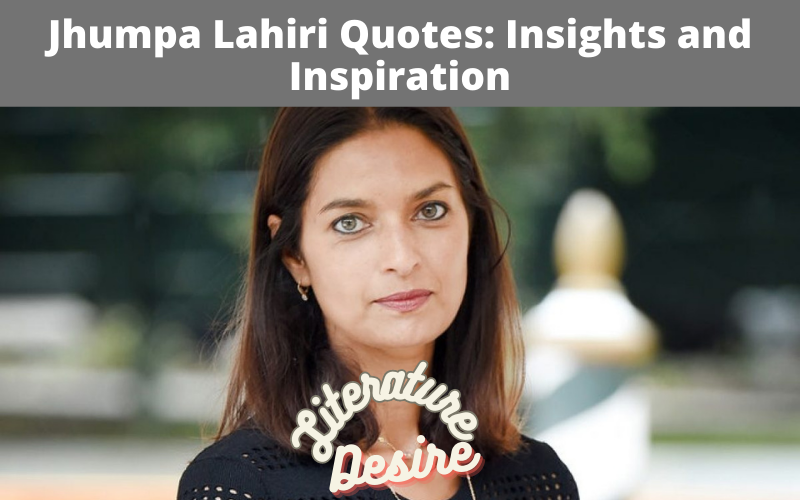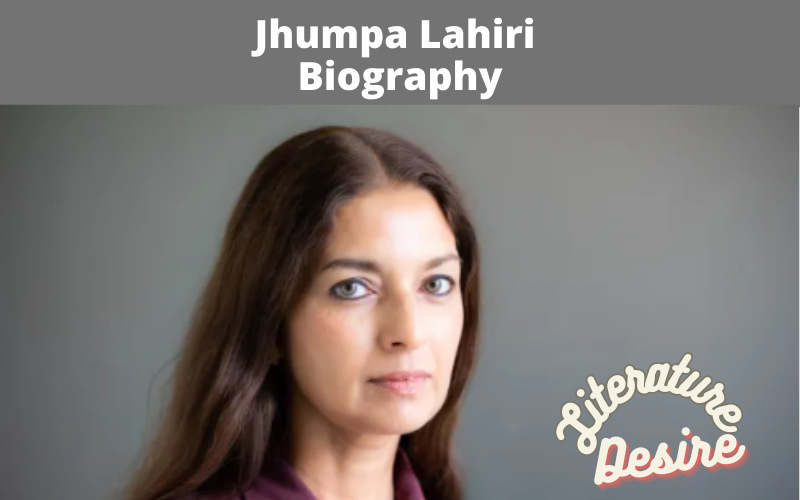Let’s dive into the depths of Taufiq Rafat’s “Eid Morning” poem and explore its major themes, emotions, and captivating imagery. This comprehensive summary unveils the essence of the poem, offering insights into its profound meaning and cultural significance.
Eid Morning is a thought-provoking poem penned by the talented Asian-Romantic poet Taufiq Rafat who is also a pioneer of Pakistani idiom. This remarkable piece of literature captures the essence of the joyous occasion of Eid, transporting readers to a world of vivid imagery, powerful emotions, and profound reflections.
Major Themes in Eid Morning by Taufiq Rafat
The poem “Eid Morning” by Taufiq Rafat revolves around the celebration of Eid, a significant festival in the Islamic calendar.
Through his words, Rafat paints a vivid picture of the festive morning, where he intertwines the external atmosphere with the internal musings of the narrator.
The poem discloses in a sequence of contemplative moments, reconnoitering themes of spirituality, identity, and the human condition.
Major Themes in Eid Morning by Taufiq Rafat
The poem opens with an explanation and description of a peaceful Eid morning, with the sun’s rays painting the sky in hues of gold. Rafat skillfully creates a contrast between the vibrant external environment and the introspective state of the narrator.
As the poem progresses, the narrator reflects on the transient nature of life, the passing of time, and the inherent human desire for connection and meaning.
The Opening Scene: A Glimpse of Eid Morning
The poem opens with a captivating scene, setting the stage for the emotional journey that follows. The narrator describes the vibrant colors of the sky and the city awakening to the joyous occasion of Eid.
Rafat’s masterful use of imagery transports the reader to the heart of the festive atmosphere, evoking a sense of anticipation and celebration.
Exploring the Transience of Life
One of the central themes in “Eid Morning” is the transience of life. Through the usage of poetic devices such as metaphors and symbolism, Rafat captures the transitory nature of human existence.
He anticipates the passage of time, highlighting the distinction between the eternal beauty of nature and the ephemeral nature of human life.
Yearning for Connection: Major Themes in Eid Morning
Within the poem, there is a subtle undercurrent of yearning for connection. Rafat eloquently expresses the universal longing for human connection and the desire to find meaning in the world.
The poem invites readers to reflect on their own yearning for deeper connections and a sense of belonging.
Embracing Spiritual Reflections
“Eid Morning” invites readers to engage in introspection and spiritual reflection.
Rafat explores the significance of Eid beyond its external festivities, emphasizing the importance of inner contemplation and connection with the divine.
The poem encourages readers to find solace and inspiration in spirituality, offering a sense of peace and harmony amidst the chaos of life.
The Beauty of Cultural Traditions
Rafat beautifully weaves elements of cultural traditions into the poem, celebrating the richness and diversity of Eid celebrations. The poem pays homage to the customs and rituals that define the festival, showcasing the beauty of communal unity and shared experiences.
The Power of Imagery: Major Themes in Eid Morning
Throughout “Eid Morning,” Taufiq Rafat’s masterful use of imagery creates a tapestry of emotions and sensations. From the golden hues of the sky to the bustling streets and the fragrance of traditional sweets, every image comes alive, engaging the reader’s senses and evoking a profound emotional response.
Cultural Identity: The Significance of Identity
Taufiq Rafat celebrates cultural traditions and the beauty of cultural identity within the poem. It showcases the richness and diversity of Eid celebrations, emphasizing the importance of preserving and cherishing one’s cultural heritage.
Identity and self-reflection are recurring motifs in the poem. Rafat explores the complexities of personal identity, touching upon themes of cultural heritage, societal expectations, and the search for self amidst the chaos of life. The poem encourages readers to embrace their unique identities and celebrate the diverse tapestry of humanity.
Spirituality and Reflection:
“Eid Morning” investigates the realm of spirituality, appealing to readers to involve in introspection and contemplation. It highlights the importance of discovering inner peace and linking with the divine in the middle of the hustle and bustle of life.
Joy and Celebration:
At its core, the poem celebrates the joyous occasion of Eid. It captures the spirit of festivity, conveying the excitement and happiness that permeates the atmosphere during this special time.
Conclusion:
“Eid Morning” by Taufiq Rafat is a remarkable poem that encapsulates the spirit of Eid and delves into deeper aspects of the human experience.
Through its intense imagery, meditative reflections, and celebration of cultural traditions, the poem reverberates with readers, inviting them to reflect on their own lives, connections, and spirituality.
It positions as a testament to the power of poetry in catching the essence of cultural celebrations and the universal yearnings of the human heart.
Frequently Asked Questions
Taufiq Rafat was inspired to write “Eid Morning” by his personal experiences and observations of Eid celebrations. As a poet deeply connected to his cultural roots, he sought to capture the essence of the festival and explore the deeper meanings hidden beneath the surface of the festivities.
Taufiq Rafat employs various poetic devices in “Eid Morning” to enhance its impact and beauty. These include imagery, metaphors, symbolism, personification, and alliteration. Each device adds depth to the poem, creating a rich tapestry of emotions and ideas.
“Eid Morning” is a significant contribution to Urdu poetry, as it captures the essence of a cultural celebration while exploring profound themes that resonate with readers from various backgrounds. Rafat’s skilled craftsmanship and evocative imagery make the poem a timeless piece of literature, cherished by poetry enthusiasts.



